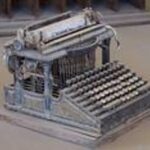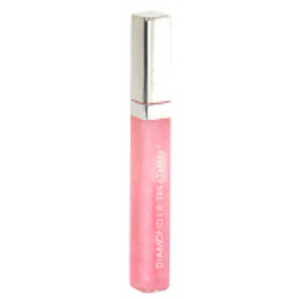Many people use computers these days for everything from writing articles to submitting presentations and playing games, but what many people don’t know is how they can improve their computer’s performance. Performance can be a major issue depending on what you do with your computer and performance degrades over time.
As you install and uninstall components your computer will begin to lag. Antivirus software, firewalls and other utilities you may run in the background contribute to these performance issues as well. Fragmentation of your hard drive due to constant usage, hard drive corruption due to power failures and even viruses will degrade performance over time. Here’s a little hint on what you can do to increase your performance and make that PC run better then new.
Defrag,
First schedule defrags for every other day, preferably at night, after you go to sleep. Also schedule disk scans for errors while you sleep. When your not connected to the Internet, temporarily disable antivirus software, and firewalls to free up resources and make your PC run faster.
Services,
Disable Services you aren’t using by going to “start” “run” then typing in the box “services.msc”. Browse through the services read the descriptions and disable ones you aren’t using. Use caution when disabling services some of these are nescessary for your computer to boot.
Startup,
Then run msconfig by going to “start” then “run” then typing “msconfig.exe” click on the “startup” tab and uncheck everything in this window to increase performance starting up and when running applications. Disabling startup programs will not harm your computer in any way.
Over clocking,
Next depending on your PC you can increase performance by over clocking your computers processor. Simply reboot the computer and enter the bios go to advanced settings or something similar find the front side bus options and increase it by about 10%.
If your computer does not boot after this change pull the watch battery inside out and unplug the computer for 10 seconds to reset the settings. Not all computers will have this feature if yours doesn’t don’t concern yourself with it. *Warning overclocking can harm your computer* If your computer is still slow install and run a virus scanner see how many things you can get rid of through it. If your computer is still lacking in performance you can always upgrade it.
Reformatting,
If your loaded with viruses and have so much stuff installed you can’t even remember what it all does you can format the drive and install a fresh copy of windows to increase your computers performance.
Upgrading,
Upgrading your PC is relatively easy. You can find out what you have in your computer by right clicking on my computer then clicking “properties”. This will bring up a window which tells you what processor your computer has and what speed it runs at, as well as how much memory you have. Once you have this information you can decide if it’s worth it to upgrade. If you have a P4 or below you may as well buy a cheap newer computer, rather then upgrading as the memory is priced just as high as brand new memory.
Memory,
Assuming you have a relatively new computer check the amount of memory you have if it’s 2 gigs or less you have room for improvement here. If your processor is less then 3 ghz and is a newer model then the Pentium 4 then you have room for upgrade here as well. Now run DXdiag by click “start” then “run” then typing in “DXdiag”. Click on the video tab in here you will see your brand and manufacture of video card.
Video Card,
If your performance issues are gaming related this can be an issue as well. Check if it says Nvidia or ATI if it is neither it is a crap card. Upgrading this card will significantly improve your systems performance. Also check the amount of memory on that card if it’s below 256 megs of on board video memory it’s old and can be upgraded to make your computer significantly faster.
Steps to removing each of the aforementioned components.
Step 1 : Open your case there should be 2 screws in the back on the left hand side take these screws out and slide the side panel off.
Memory :
Step 2 : Look straight into your board you should see 1 or 2 long slender boards sticking out typically near your CPU (The big fan). Simply unclip these sticks and take them to a PC shop to have them matched up with appropriate upgrades.
CPU:
Step 2 : Look down at the board you should see a fan on a heat spreader block on the board. This fan cools your CPU in order to access the CPU it must be removed. Insert a slot screw driver into the tab on each side of the clips holding your fan on and pry out gently to remove the clips.
Step 3 ; Look directly next to your CPU you will see a slender lever. Pull this lever up towards you till it’s 90 degrees out from the board then you can grab the CPU and pull it out. Take it to the PC shop and let them match it up with a suitable upgrade.
Video card:
Step 2: Looking at the back of your computer you will see where your monitor cable plugs in. This is your video card just inside the case is one screw holding it in, remove the screw. Gently pull on the video card you will need to rock it a little to remove it. Take the video card to a PC store and let them assist you in finding a suitable upgrade.
Now you know everything there is to know about increasing you computers performance it’s not at all as hard as it sounds computer are really easy to maintain, repair and rebuild.


